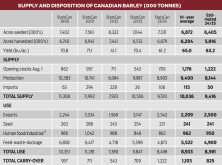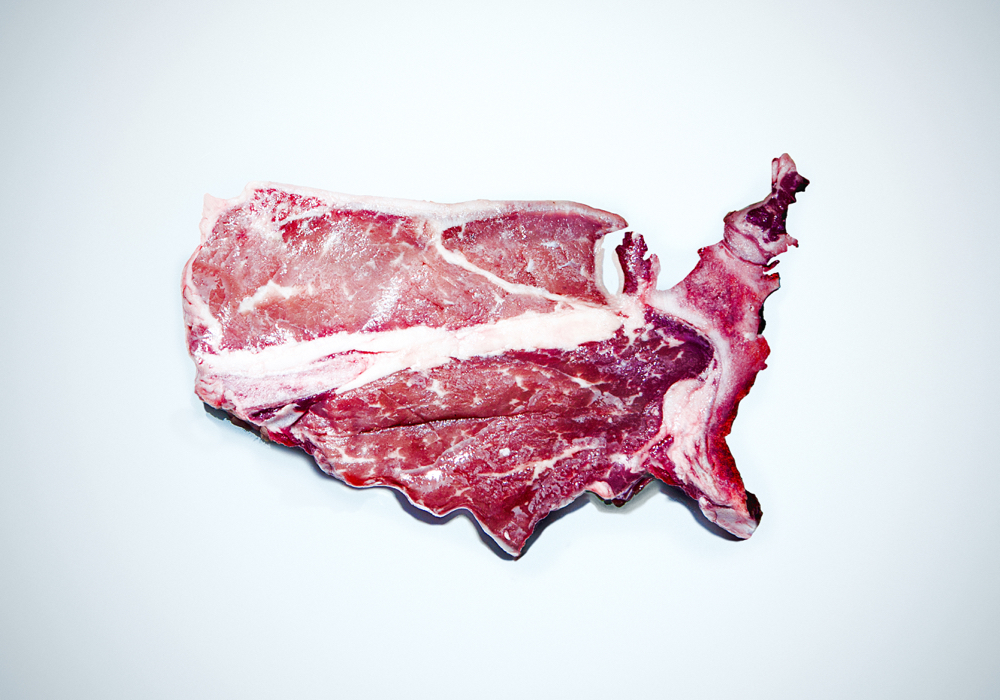U.S. lawmakers on both sides of the aisle clamored all last year for legislation to “fix the broken” live cattle market. Late in the year, some introduced measures that would upend the way in which the majority of live cattle are purchased by packers. They argued that the measures they proposed would put more money in producers’ pockets.
Meanwhile, cash prices for live cattle enjoyed a big rally which began in mid-October. Prices increased US$19 per cwt live in eight weeks, with nearly US$16 of that coming in the last five weeks. In other words, the much-maligned market hit its highest level in more than four and a half years. It finally got the traction that cattle feeders had been waiting all year for. The rally undermined claims of a “broken market.” It occurred not because of any new federal laws or regulations but because of the simple rules of supply and demand. But try telling that to lawmakers.
Read Also

The Canadian Cattle Association’s international advocacy efforts
Global ag policies affect Canadian food policy, so the Canadian Cattle Association participates in international and domestic forums
The market had laboured for 18 months under the weight of a front-end supply of cattle that on June 1 last year was one million head larger than the total on the same date the previous year. That it took all this time to clear the backlog was of intense frustration to cattle feeders. But there was no nefarious plot by packers to keep prices depressed. Put simply, there were too many cattle for packers to harvest until recently. Beef demand at home and abroad was stellar all during the 18 months. But packers did not have enough workers to run their plants anywhere close to capacity. Tyson Foods’ beef plants ran at only 78 per cent of capacity in its fiscal year ended October 2.
I continue to be disappointed that lawmakers and even beef industry leaders are saying little or nothing about the labour shortage. Instead, they have largely focused on measures that would set back the industry years in producing the kind of high-quality beef that meat lovers at home and abroad increasingly demand.
The worst impacts of the COVID-19 pandemic are now behind the processing industry and the country as a whole. But beef packers still face challenges in finding enough workers to fully staff their plants. The shortage is most acute in beef plants because they are much more labour-intensive than in other meat processing plants. Tyson ran its pork processing plants at 88 per cent of capacity in fiscal 2021.
The shortage in beef plants has only slightly eased despite companies’ best efforts to alleviate it. From early in the pandemic, packers spent hundreds of millions of dollars to protect their workers, dramatically raised starting wages (to about US$22 per hour) and continue to spend a lot of money on everything from free vaccinations, and bonuses for getting the shot, to free community college for children of workers.
What the beef/processing industry desperately needs, as do many other agricultural sectors, is a federal foreign worker program that would allow men and women to enter and reside in the U.S. under strict rules for a certain period of time to work in our meat packing plants. Such programs have been running in Canada and Australia to help alleviate their critical labour shortage in meat plants.
It’s well past time for the National Cattlemen’s Beef Association and other trade groups to campaign ferociously and publicly for the Biden administration to introduce such a program. Having fully staffed beef/processing plants is the best way I know to increase prices for live cattle, and for feeder cattle for that matter.
















